

Damion Smy
Chevrolet Corvette Grand Sport could get 6.7-litre LS6 V8 - report
42 Minutes Ago
It's still a while away, but Volkswagen hopes to take on one of Australia's best selling EVs with its city-sized ID.3 electric hatch.

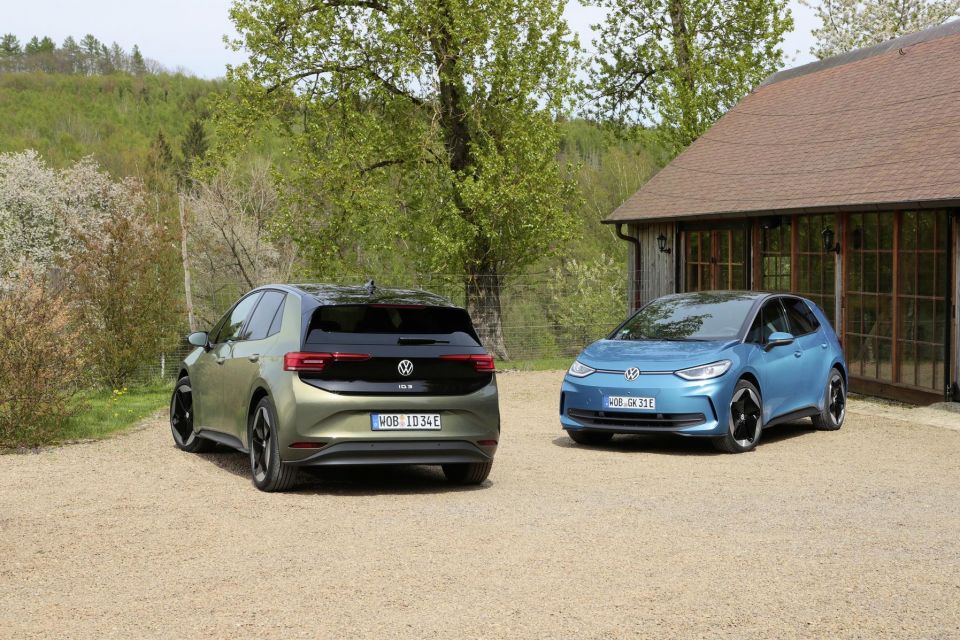

Founder

Founder


Founder

Founder
Where expert car reviews meet expert car buying – CarExpert gives you trusted advice, personalised service and real savings on your next new car.
Electric car sales in Australia are growing month-by-month as an influx of brands enters the market – established brands like Volkswagen have been slow on the uptake, though.
That’s due to change in 2024 as the brand launches the ID.3 small electric hatch, ID.4 and ID.5 electric SUVs, as well as the ID. Buzz electric people mover.
We had the chance to drive the ID.3 in Germany across a range of roads including an Autobahn stretch, a mountain climb, and some country roads. Will it be worth the wait?
Pricing hasn’t been confirmed for Australia yet – the ID.3 isn’t expected to arrive until late 2024 or early 2025. But for it to be even remotely competitive in Australia it’ll need to be the same price or cheaper than the Tesla Model 3.

The updated Tesla Model 3 retails for $63,700 before on-road costs and is due to start arriving in Australia during January 2024.
While in Europe there are three grades, two battery sizes, and a single power output, Australia is likely to receive a higher output, highly specced version to compete with the Model 3, so we’d expect it to be priced around the $60,000 mark before on-road costs in the larger 77kWh battery trim.
For reference, the mechanically-related Cupra Born is available in high-output, big battery 170kW e-Boost guise priced from $59,990 plus on-road costs in Australia.
Buy your new car without the stress. It's fast, simple and completely free.

Great service from Travis and team, second time I have used this business would not hesitate to recommend them to anyone
Craig C.
Purchased a Ford Ranger in Sunshine Coast, QLD
CarExpert helped Craig save thousands on his Ford Ranger, now let us save you on your next new car.
Find a dealAfter feedback from customers suggested the ID.3 felt a bit cheap inside, Volkswagen announced a facelift that changed the exterior styling slightly, but more importantly improved interior fit, finish, and sound deadening.
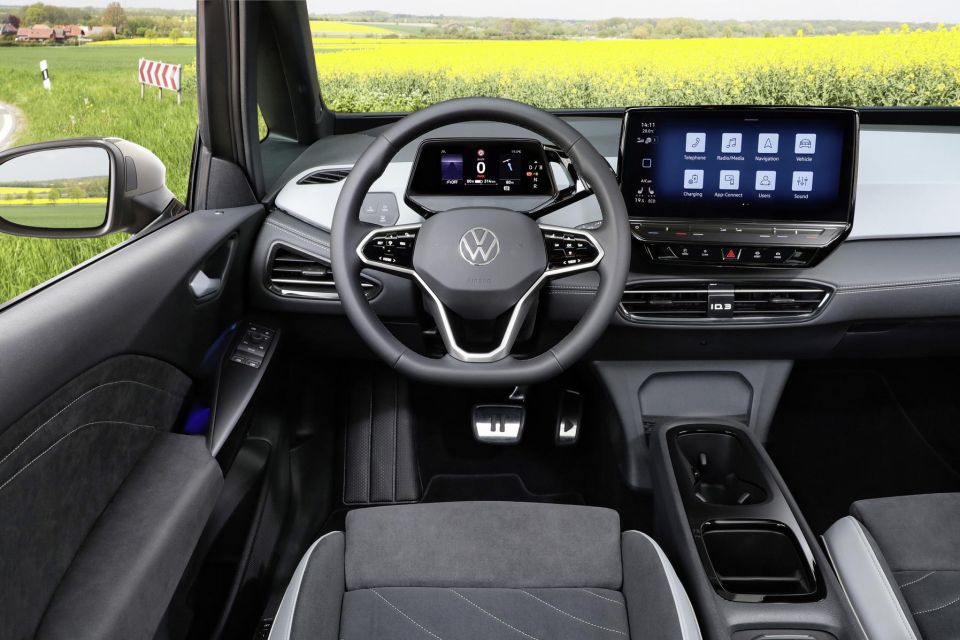
We never got the chance to see a pre-facelift version of the ID.3, but this updated version presents with a more premium feeling interior.
There are soft-touch materials along the doors and dashboard, with clever usage of LED lighting around the cabin for blind-spot monitoring, exit warning, and navigation alerts.
Volkswagen has even implemented a really cool augmented reality head-up display that makes judging turns and navigation instructions far easier.
If anything, this is one area Volkswagen trumps brands like Tesla. The driver has a small display ahead of them with critical information such as speed, range, and trip details.
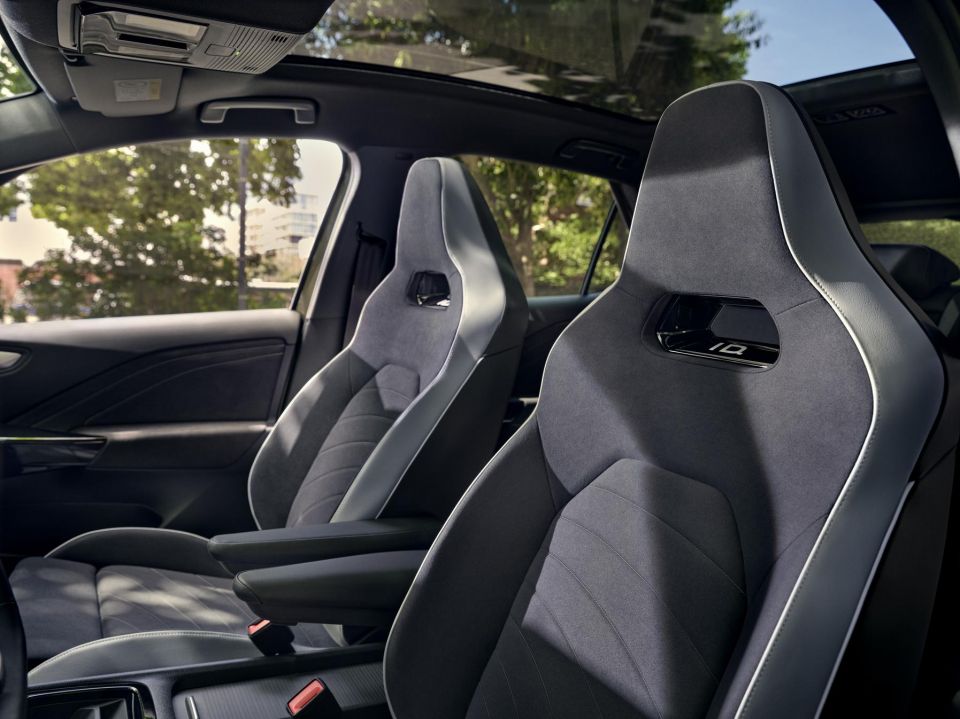
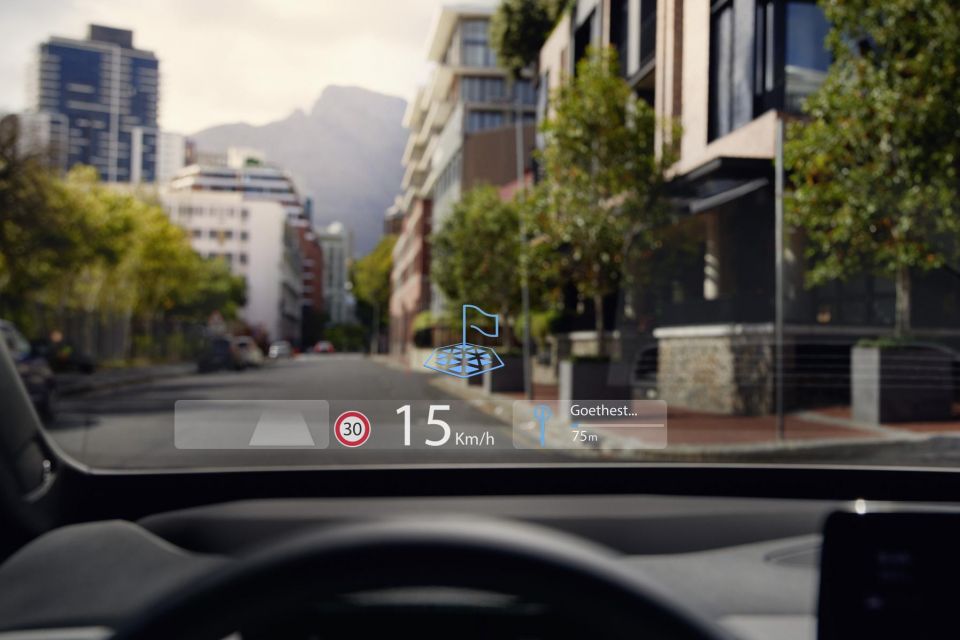
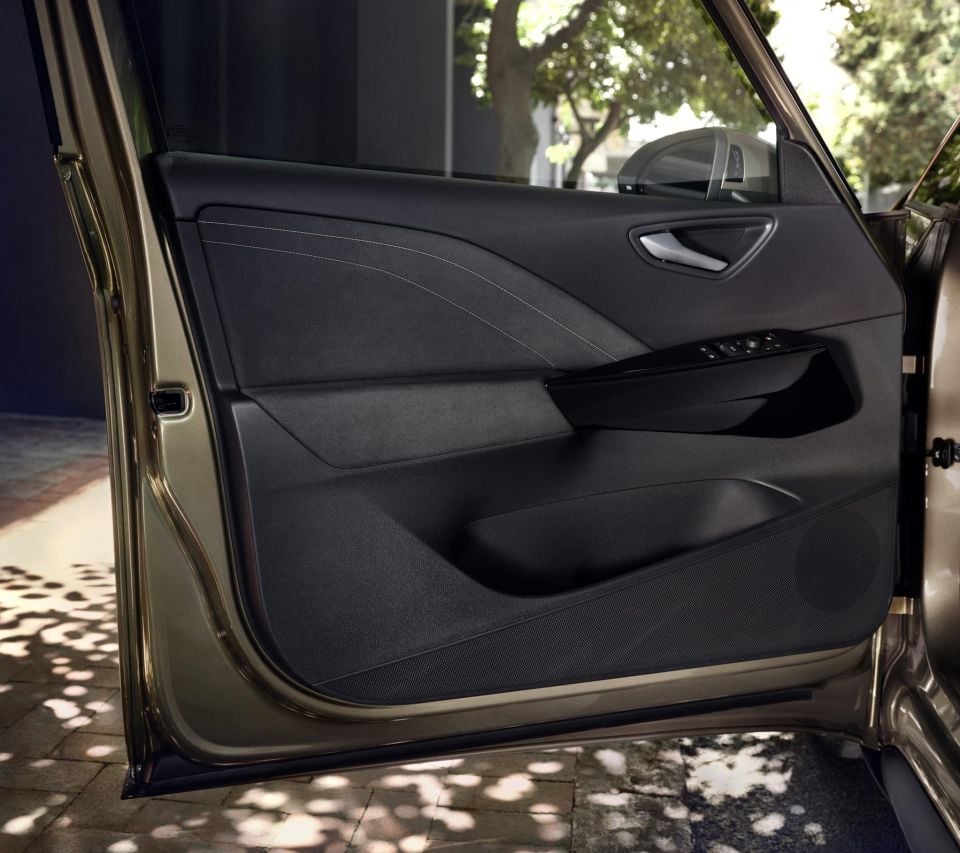
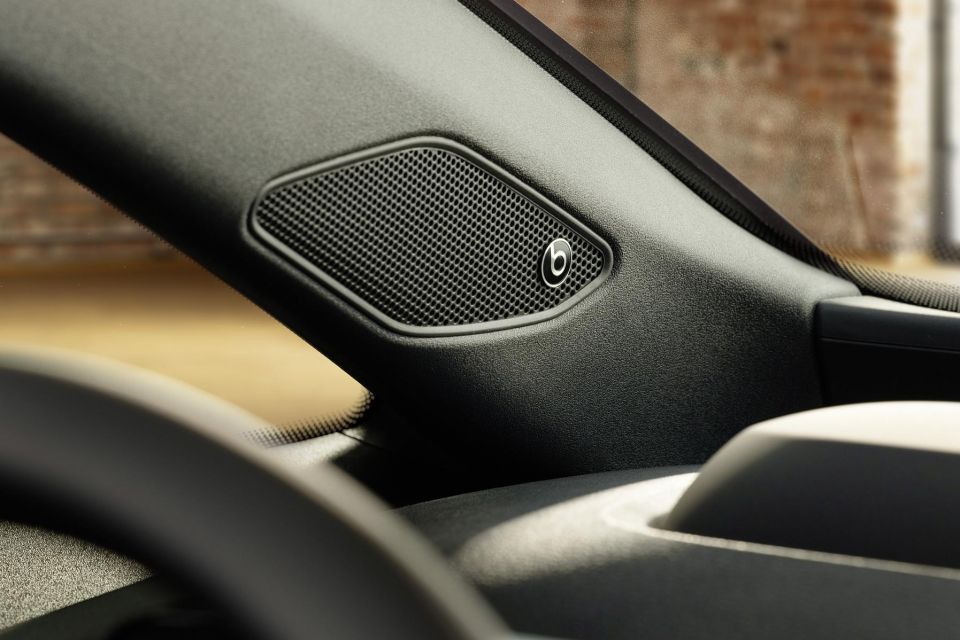
The head-up display delivers everything else you need without forcing you to take your eyes off the road – these are all welcome additions.
Storage is good with plenty of places to put your things – there’s more storage space than the size of the car would suggest.
We weren’t a fan of the steering wheel buttons though. Volkswagen is moving away from haptic touch buttons and the facelift of this car would have been the perfect opportunity to ditch them, but the ID.3 has retained them. They’re easy to accidentally bump while you’re driving, and get annoying over time.
It’s the same story with the infotainment system – the 12.0-inch unit is responsive and comes with inbuilt satellite navigation, but the sliders beneath the screen for temperature and volume are fiddly.
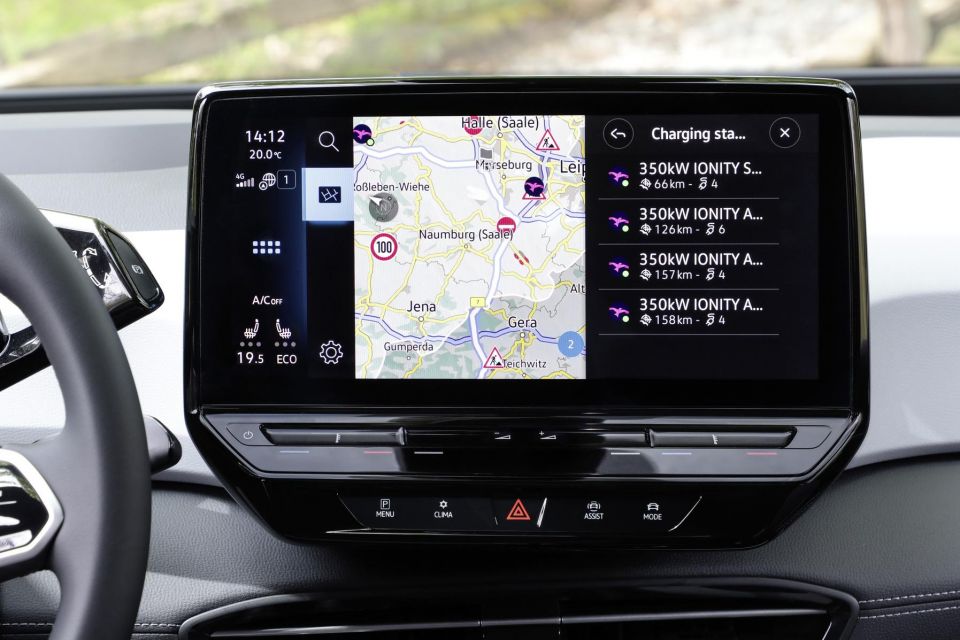

You can tap them to adjust instead of sliding, but they take too much attention away from driving and can be distracting.
In addition to satellite navigation, there’s wireless Apple CarPlay and Android Auto.
Volkswagen Australia has also confirmed the ID. range of electric vehicles will debut the brand’s connected services Down Under, including app-based remote services and functions that are becoming the norm in new vehicles, particularly EVs.
Leg- and head room in the second row are good. Headroom can be a little tight for taller passengers, though.
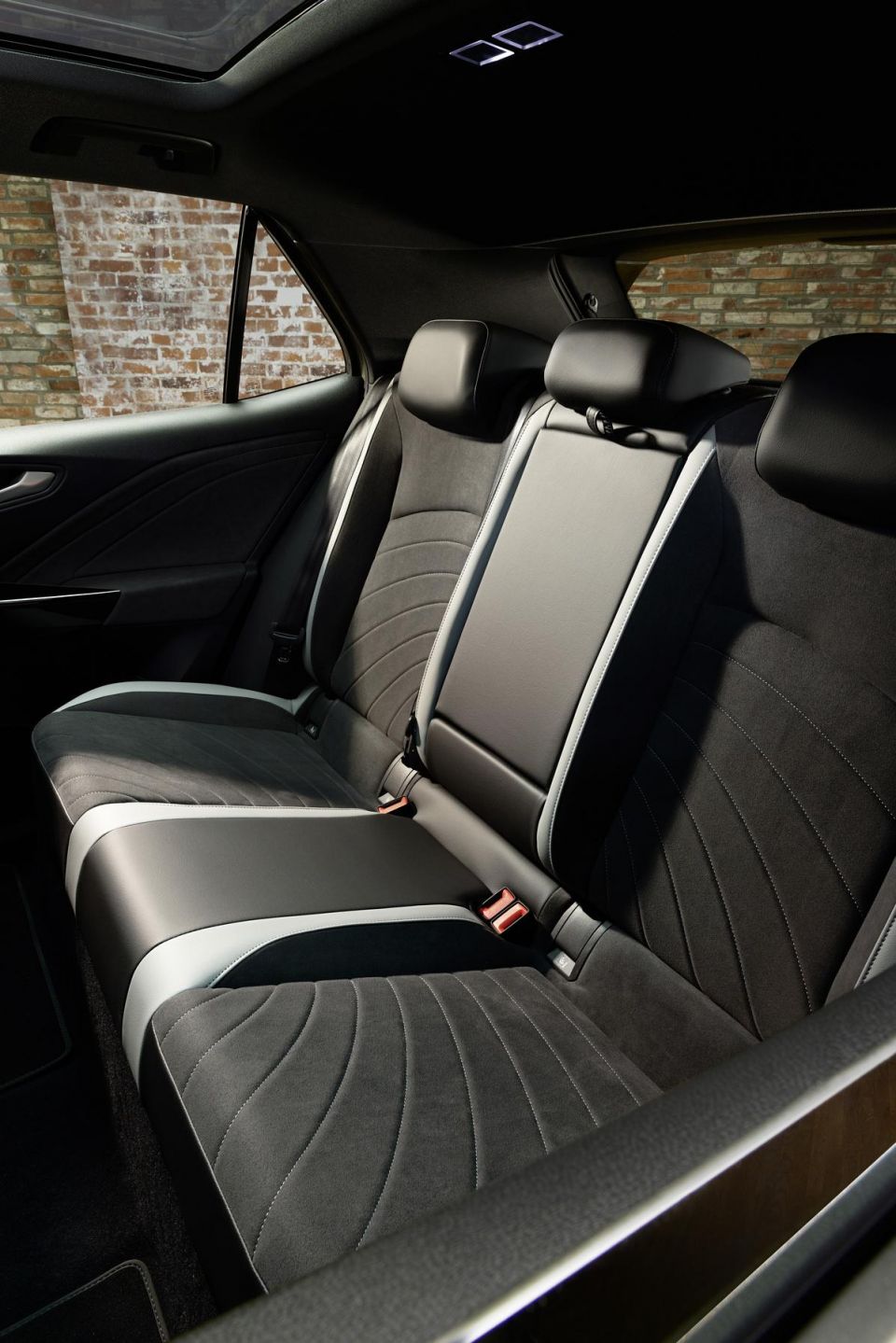
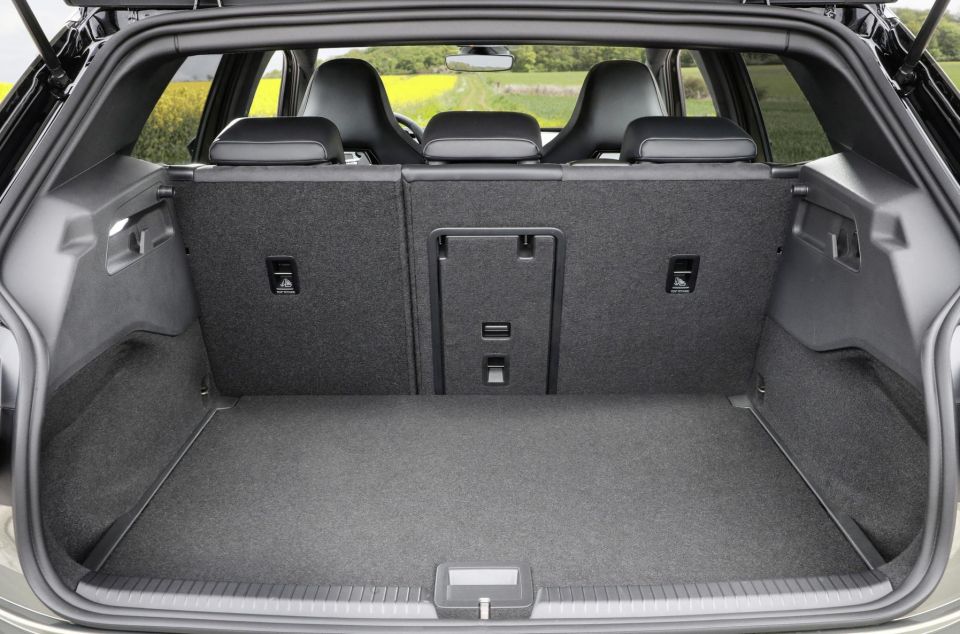
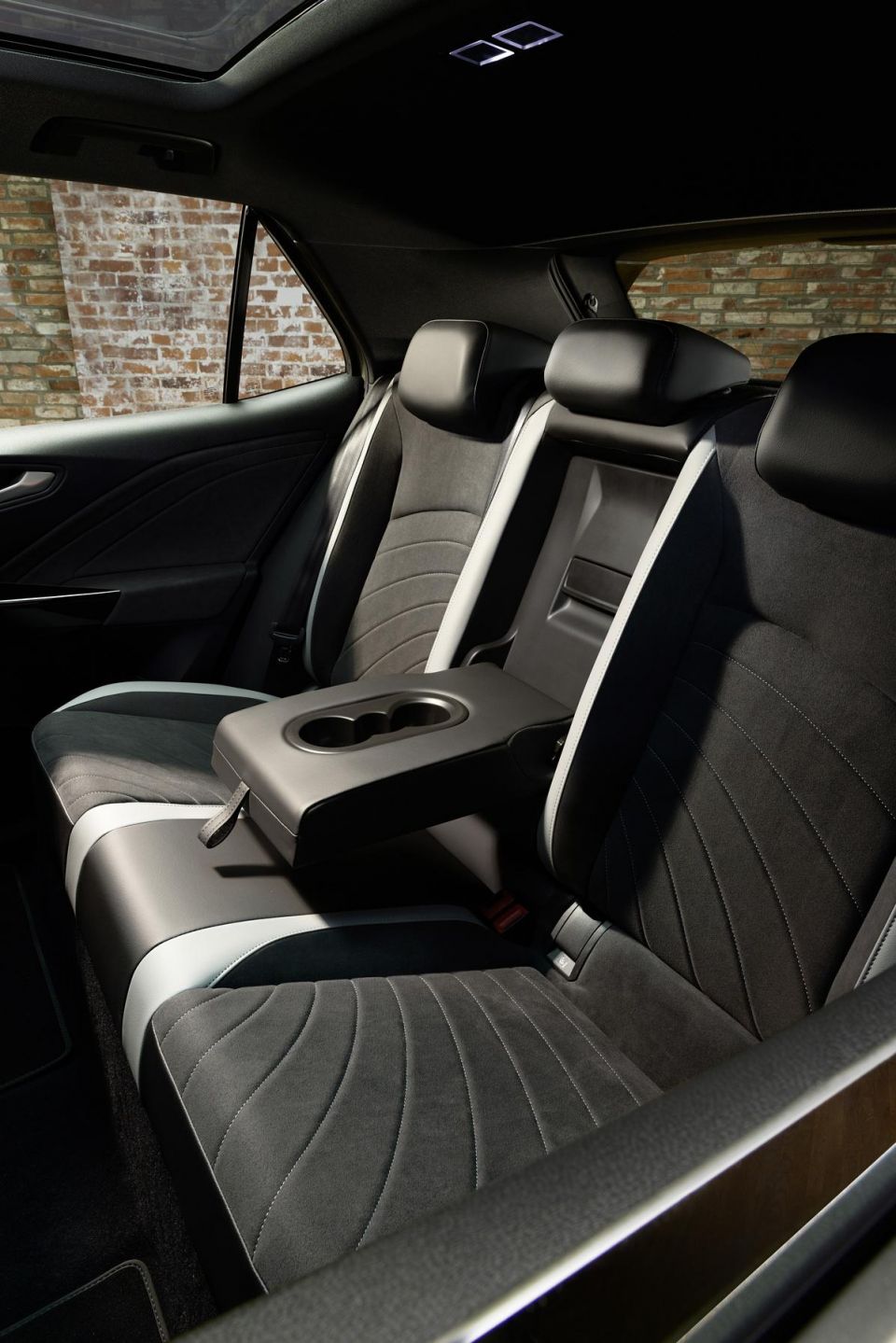

One thing that continues to confuse is why there isn’t a fifth seat available after ticking option boxes. Like the Cupra Born, the ID.3 becomes a four seater when fully optioned with the big battery– which may limit appeal to some people.
Cargo capacity comes in at 385 litres with the second row in place. The hatchback design allows easy access to the space, so while it’s less than what’s available in the Tesla Model 3, the space is easier to access and use. There’s no storage under the front bonnet, though.
We had the chance to test out the ID.3 in Pro S spec – which pairs the larger 77kWh (net) battery with a single motor on the rear axle that produces 150kW of power and 310Nm of torque.
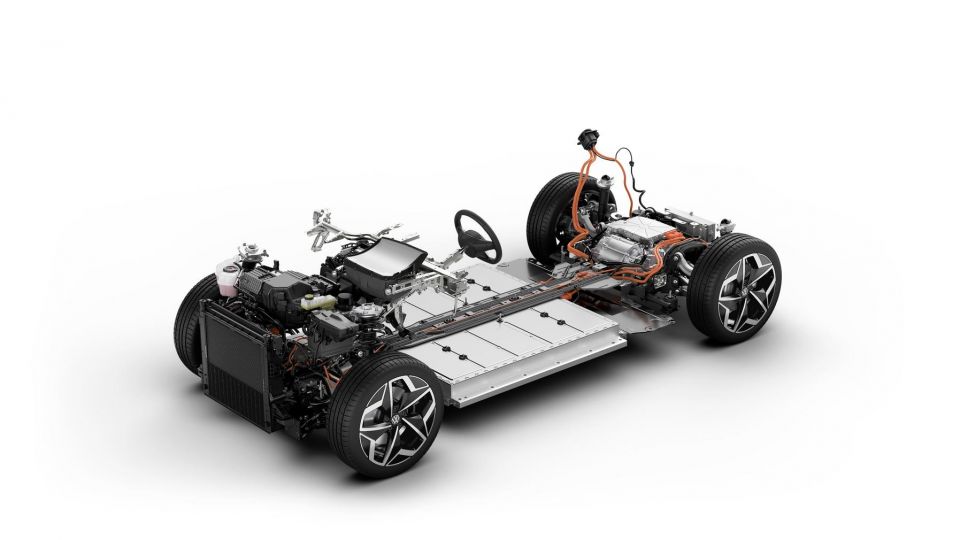
The Cupra Born pumps out more power (170kW) in its highest trim, but the same amount of torque. We understand there may be a more powerful version of the ID.3 coming that should bump power output to over 200kW, which would see it come closer to matching the Model 3 RWD.
Volkswagen quotes combined energy consumption of 16.2kWh/100km, which is good in comparison to the bulk of its peers. That means a claimed driving range of 546km on the WLTP cycle.
That more powerful motor that’s expected to come to the ID.3 – and will debut locally on the ID.4 and ID.5 – is likely to also be more efficient, which may see the WLTP range increase and average consumption come down.
Three-phase charging at 11kW is available, while DC charging at up to a peak of 170kW or an average of 120kW is available. The battery is a lithium-ion unit.
Electric vehicles are quiet… we get it. But while some are quiet at low speeds, sometimes they can have a lot of road noise.
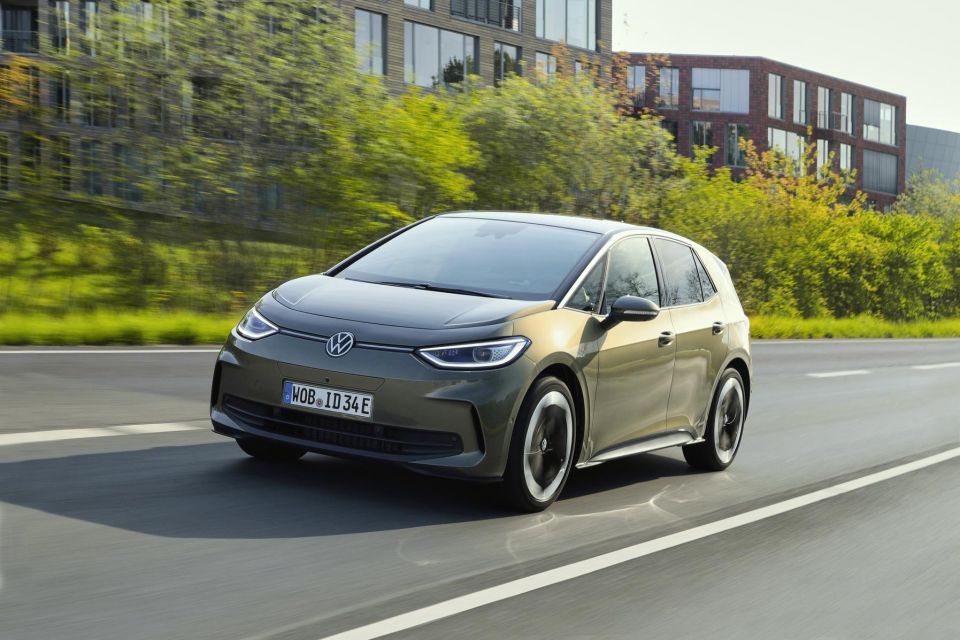
We haven’t driven the updated Tesla Model 3, but it was one of those cars that had a decent amount of road noise at highway speeds – especially on coarse-chip roads.
The ID.3 on the other hand was dead silent on the roads we tested on. Even at higher speeds there was just wind noise and not a great deal of tyre noise. It feels like Volkswagen has paid a lot of focus to ensuring little road noise enters the cabin at speed.
Acceleration is EV-like in the sense that it’s sharp when you request a boot-full of throttle, but it’s gradual in its delivery instead of being sharp and hard.
We did notice lag in delivery when driven in a spirited fashion though – for example, applying throttle out of a corner after the vehicle has detected wheel slip.
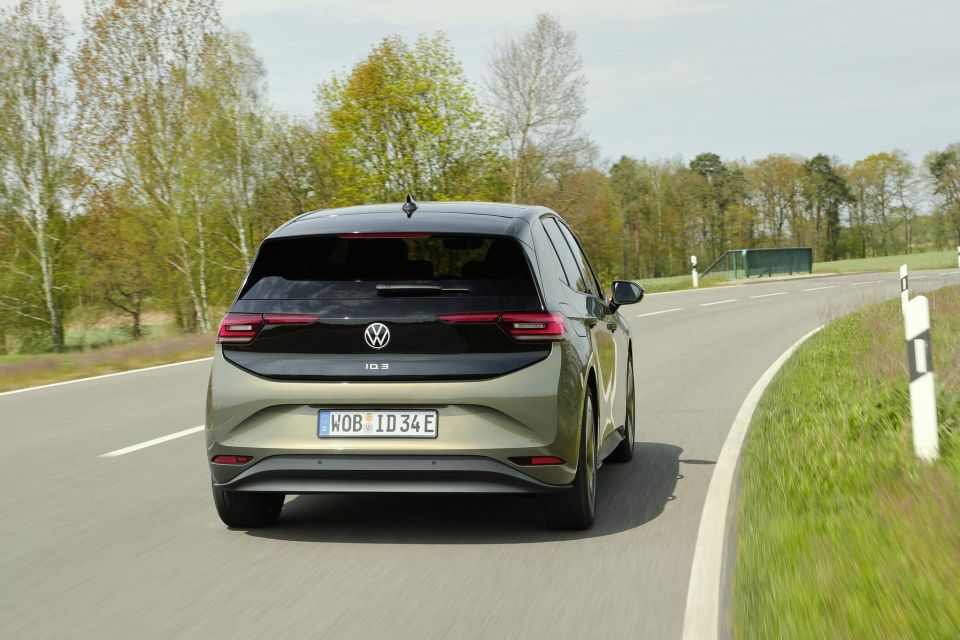
There would be a second or so delay before torque was offered again. This improved in ESC Sport mode where more slip was allowed, but it felt a bit restrictive if it wasn’t in that mode.
Outside of that, the ride is excellent. Even on the Pro S’s bigger 20-inch wheels alloy wheels with low-profile tyres it managed to do an excellent job of soaking up bumps and limiting road noise in the cabin.
Volkswagen has definitely gone for a more comfortable tune of the ride in comparison to the firmer ride on offer in the Cupra Born it shares its MEB platform with.
That softer ride led to a bit more body roll through corners, but ultimately it’s unlikely to be a car driven on the edge.
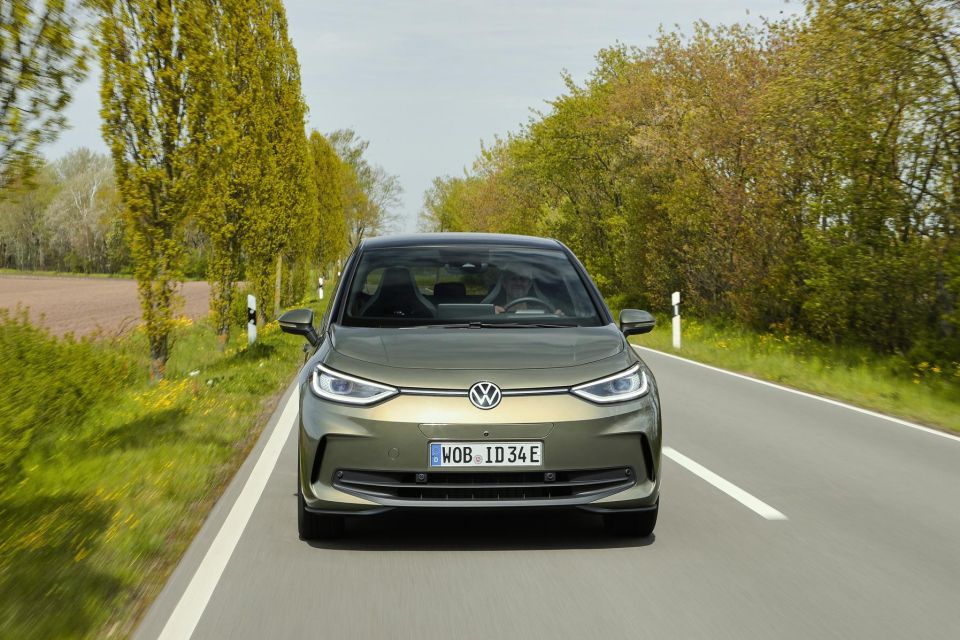
On the same token, steering and brake pedal feel are great. There was no single-pedal driving mode, instead you can switch between D and B, the latter offering greater regenerative braking. Our preference would have been a single-pedal driving mode – it’s a feature that works great in Tesla, Nissan, Hyundai and Kia products.
Despite good brake pedal feel, the ID.3 makes do with drum brakes on the rear axle. While an EV will typically lean more on regen braking to slow down, and brake bias leans more toward the front axle, drum brakes feel like stepping back in time on a modern electric vehicle.
On the Autobahn we found that the ID.3 ran out of puff above 100km/h before hitting a top speed of 160km/h. A sprint from 0-100 in the Pro S takes around 7.9 seconds.
There’s no ANCAP safety rating for the ID.3 yet, but it was crash tested by Euro NCAP in 2020 and scored a maximum five-star safety rating.
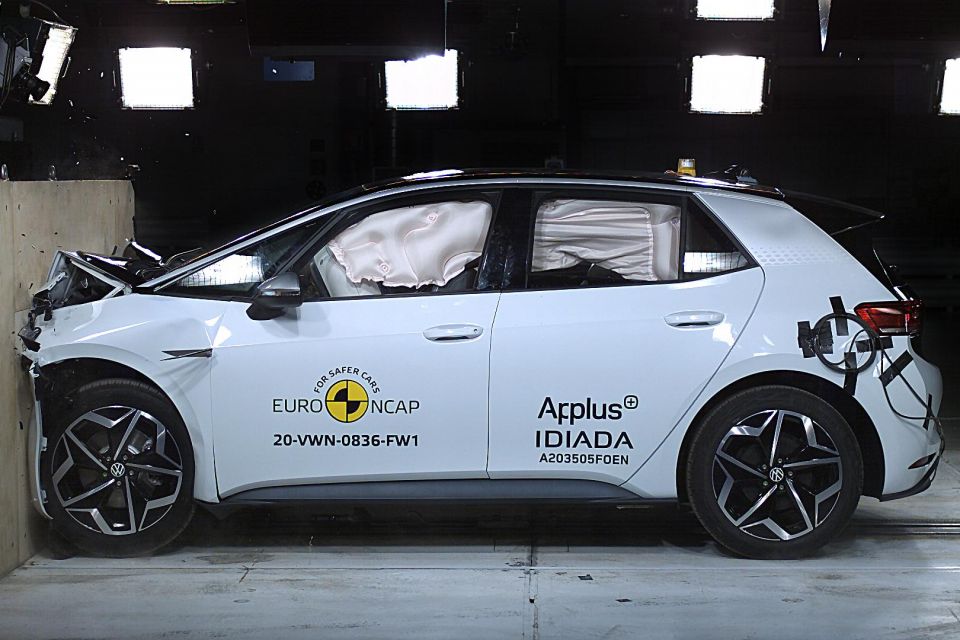
It comes standard with safety tech like autonomous emergency braking, lane-keep assist, rear cross-traffic alert, front and rear parking sensors, reversing camera, and blind-spot monitoring. You’ll also find adaptive cruise control.
The Volkswagen ID.3 is still a while away from being on sale in Australia. Before it gets here, there will be a slew of new entrants in the market from established Chinese brands, along with other European car companies.
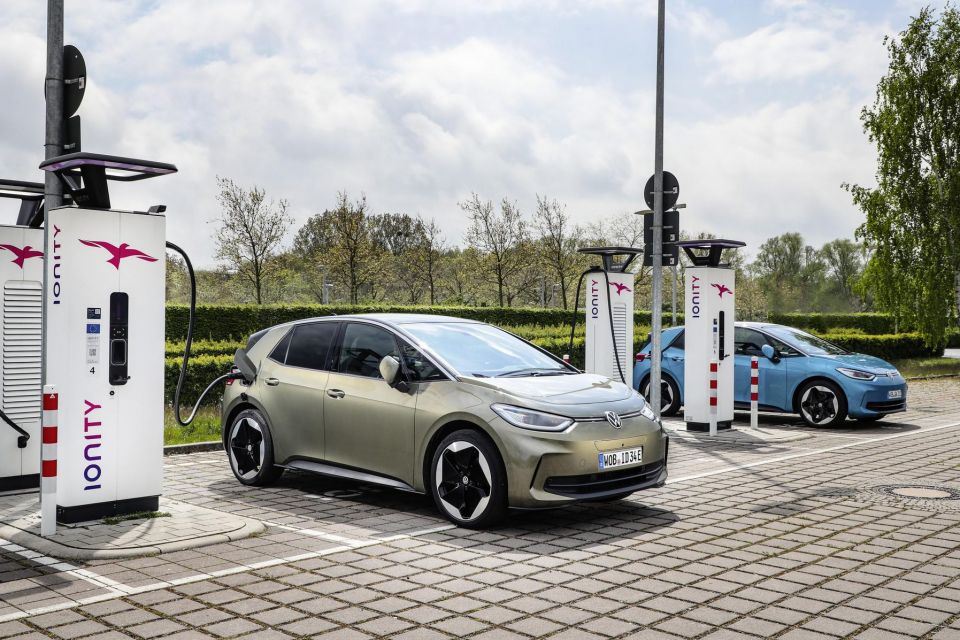
Volkswagen will need to have a compelling pricing position for the ID.3 to be competitive when it finally arrives in Australia.
The company’s local arm also expects to have charging facilities available at all of its dealers in Australia by the time the ID.3 goes on sale.
We’ll be keen to see what the segment looks like at that point, that’ll really dictate how much success the brand has with its Golf-sized electric vehicle.
Based on what we tested in Germany, it’ll be a fun car to drive with all the latest technology.
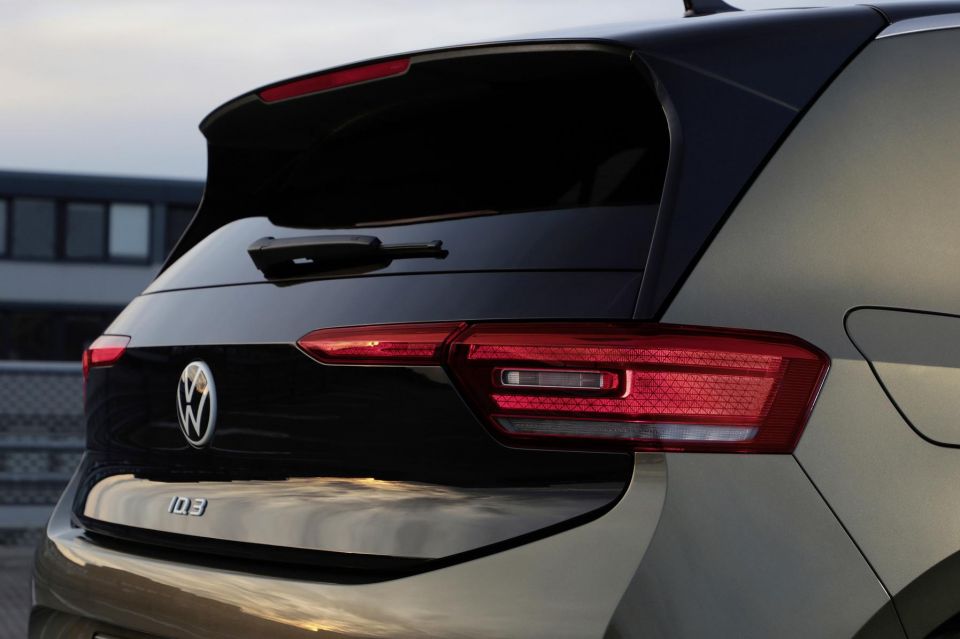
Click the images for the full gallery
Where expert car reviews meet expert car buying – CarExpert gives you trusted advice, personalised service and real savings on your next new car.
Paul Maric is a CarExpert co-founder and YouTube host, combining engineering expertise with two decades in automotive journalism.


Damion Smy
42 Minutes Ago


Damion Smy
2 Hours Ago


Damion Smy
4 Hours Ago


Damion Smy
6 Hours Ago


Damion Smy
7 Hours Ago


William Stopford
8 Hours Ago